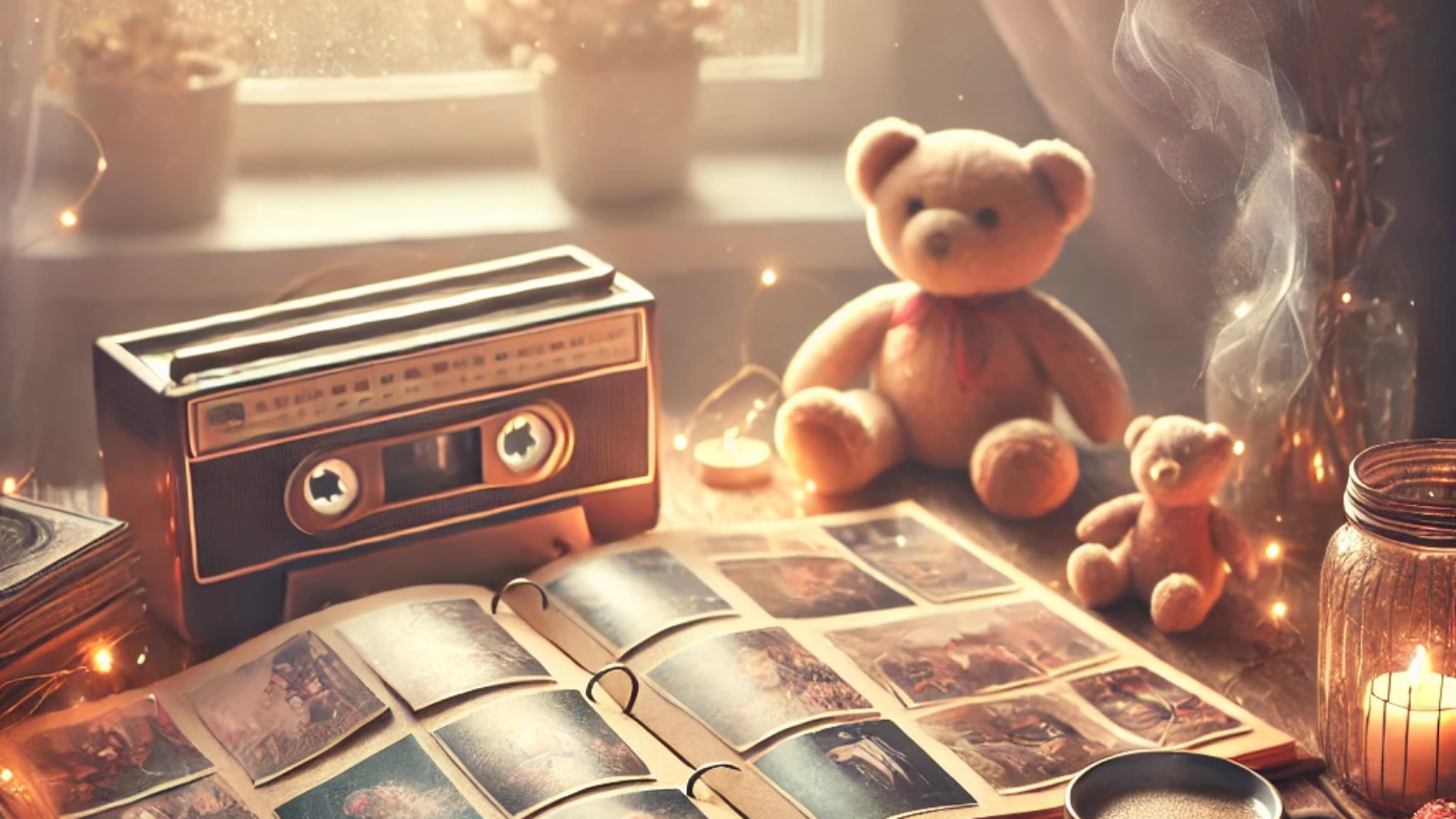Have you ever felt a wave of emotion wash over you when an old song plays on the radio or you see a childhood toy in a thrift shop? That bittersweet feeling is nostalgia a complex, heartwarming, and sometimes tear-jerking longing for the past. But nostalgia is more than just a trip down memory lane; it’s a psychological phenomenon with profound effects on our mental health and personal growth. Let’s dive into the psychology of nostalgia and discover why it’s so powerful.
Why Nostalgia Feels So Good
Nostalgia taps into the brain’s reward system by triggering positive memories, releasing dopamine, and creating a sense of comfort and belonging. When life feels overwhelming, reminiscing about joyful times can offer a reprieve from stress and anxiety. For example, rewatching your favorite childhood cartoons might bring back memories of simpler times, helping you escape (momentarily) the chaos of adulthood.
In fact, research shows that nostalgia enhances mood, increases social connectedness, and even combats feelings of loneliness. When you’re feeling down, taking a moment to reflect on a happy memory can act as a natural pick-me-up.
The Connection Between Nostalgia and Resilience
Nostalgia isn’t just about basking in warm memories; it can also fuel resilience. Reflecting on past achievements or times when you overcame challenges reminds you of your inner strength. It’s like your brain saying, “You’ve been through tough times before you can handle this too!”
For example, thinking about how you aced a difficult school project can give you the confidence to tackle a daunting work presentation today. Nostalgia doesn’t just remind us of who we were; it shows us who we can still become.
When Nostalgia Becomes a Trap
However, like anything, too much nostalgia can be a bad thing. When we use it as an escape from the present, it can prevent us from growing or facing reality. Ever caught yourself endlessly scrolling through old photos, wishing you could go back? This kind of nostalgic rumination can lead to feelings of dissatisfaction with your current life.
The key is balance use nostalgia as a tool for reflection and growth, not as a permanent hiding place.
How to Use Nostalgia for Growth
Nostalgia can be more than a feel-good moment; it can be a transformative practice for self-discovery. Here’s how you can use it meaningfully:
- Create a Nostalgia Journal: Write down happy memories, old milestones, or even favorite childhood recipes. Revisit these notes during challenging times for an instant mood boost.
- Reconnect with Old Hobbies: Loved painting or playing the piano as a kid? Dive back in! These activities can reignite your creativity and bring joy.
- Curate a Nostalgia Playlist: Compile songs that remind you of good times. Listening to these tunes can act as a mental reset.
- Share Nostalgia with Others: Talk about your favorite memories with loved ones. Shared nostalgia strengthens bonds and fosters connection.
- Reflect and Set Goals: Use nostalgia to remind yourself of your capabilities. Reflect on what you’ve achieved and use it as motivation to set future goals.
Why Nostalgia Matters
In a world that’s always moving forward, nostalgia offers a moment of pause. It reminds us of our roots, our growth, and our potential. By balancing our reflections on the past with actions in the present, we can use nostalgia as a powerful tool for mental well-being and personal growth.
So, the next time a song from your school days plays or you stumble across an old photo album, don’t just smile and move on—let nostalgia guide you toward a brighter, more meaningful future.


